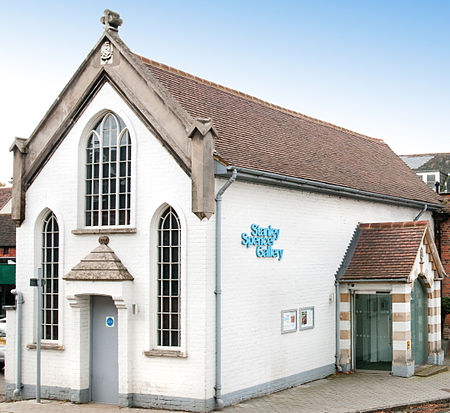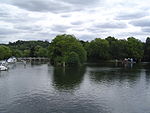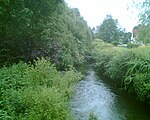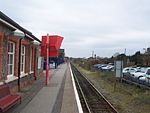Stanley Spencer Gallery
1962 establishments in EnglandArt museums and galleries in BerkshireArt museums established in 1962Biographical museums in BerkshireBuildings and structures in the Royal Borough of Windsor and Maidenhead ... and 7 more
Churches completed in 1846CookhamFormer Methodist churches in the United KingdomMethodist churches in BerkshireMuseums devoted to one artistMuseums in BerkshireUse British English from February 2023

The Stanley Spencer Gallery is an art museum in the South of England dedicated to the life and work of the artist Stanley Spencer. It was opened in 1962 and is located in the Thameside village of Cookham, Berkshire where the artist was born and spent much of his life. The gallery's collection comprises over 100 paintings and drawings, which includes a number of long-term loans. Exhibitions are mounted on a regular basis and include loans from other public institutions and public collections.
Excerpt from the Wikipedia article Stanley Spencer Gallery (License: CC BY-SA 3.0, Authors, Images).Stanley Spencer Gallery
Sutton Road,
Geographical coordinates (GPS) Address Nearby Places Show on map
Geographical coordinates (GPS)
| Latitude | Longitude |
|---|---|
| N 51.5597 ° | E -0.7073 ° |
Address
Stanley Spencer Gallery
Sutton Road
SL6 9QW
England, United Kingdom
Open on Google Maps









